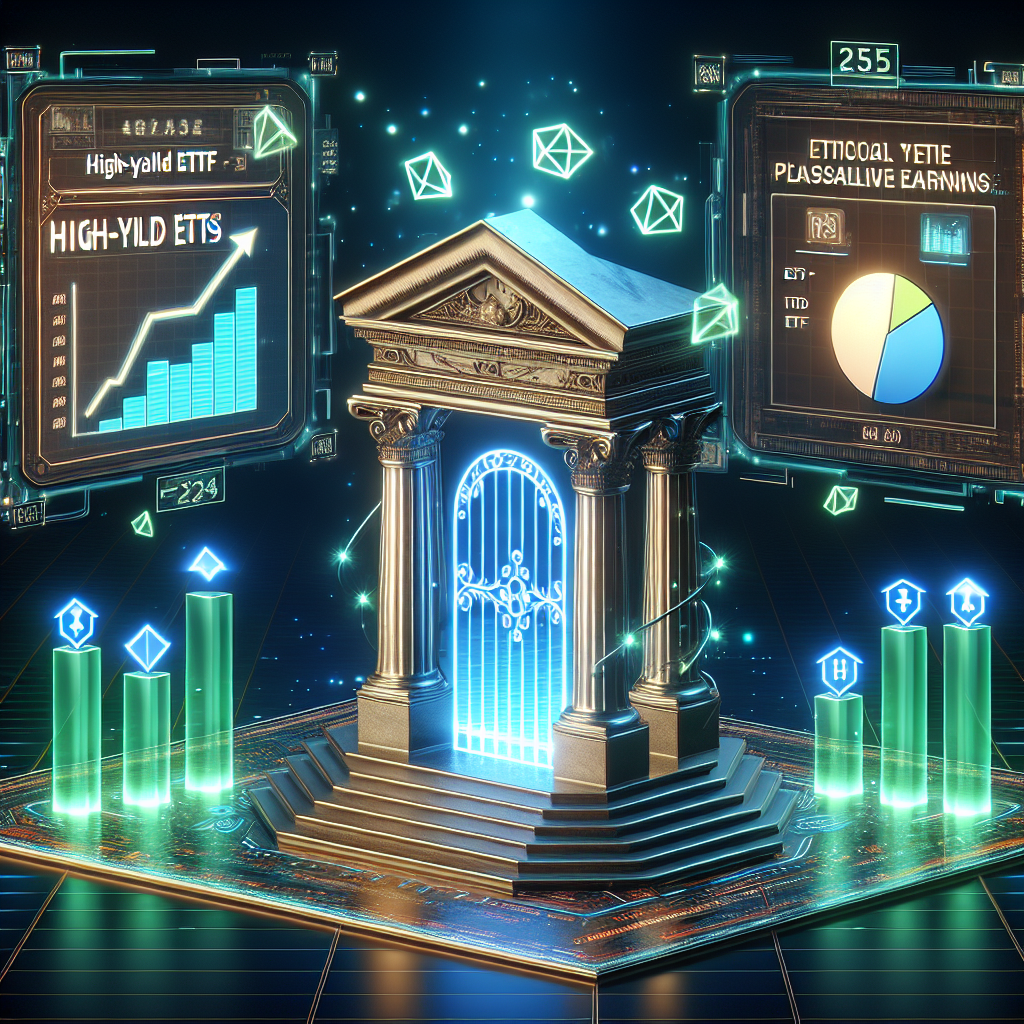When it comes to scarfing up steady income streams, dividend-heavy funds stand out as a tempting lane to cruise down. A well-mixed basket of assets can dish out payouts that remain rock solid across market swings. The crème de la crème of high-yield exchange-traded funds (ETFs) tend to pump out dividends that not only feel reliable but often swell year over year — making them a prime pick for those chasing passive income, all while keeping a close eye on both yield and fees.
Leading Contenders in the High-Yield ETF Arena
| SPDR Portfolio High Yield Bond ETF (SPHY) | 7.7% | 0.05% |
| Global X MLP ETF (MLPA) | 7.5% | 0.45% |
| SPDR Bloomberg Short Term High Yield Bond ETF (SJNK) | 7.4% | 0.40% |
| iShares High Yield Systematic Bond ETF (HYDB) | 7.0% | 0.35% |
| Fidelity Enhanced High Yield ETF (FDHY) | 6.7% | 0.35% |
| iShares iBonds 2025 Term High Yield & Income ETF (IBHE) | 6.3% | 0.35% |
| iShares Fallen Angels USD Bond ETF (FALN) | 6.3% | 0.25% |
Data sourced from Morningstar.com, as current as of June 27, 2025.
These ETFs tick certain boxes, notably distributing dividends north of 6% annually. Their makeup runs the gamut — some cast a wide net across multiple sectors, industries, and company sizes, while others zero in on niche segments like master limited partnerships (MLPs) or specific bond categories.
Crunching the Essentials Before Jumping In
- What’s in the Portfolio? Grasping the underlying assets is crucial. Are you diving into bonds that might wobble with shifting interest rates, or equity-heavy baskets prone to more dramatic swings? Broader diversification typically softens the blow of market shocks compared to funds anchored in just one sector.
- Dividend Size — A Double-Edged Sword? Juicy dividends often come at the cost of capital gains, which might be minimal or even negative. This trade-off is digestible if generating cash flow now is your priority. Alternatively, funds with modest but steadily growing dividends can boost both your payout and principal in the long haul. Be cautious of strategies that borrow to fatten dividends — these often face payout cuts down the road, dragging fund prices down.
- Staying Power: Track Record Matters How has the fund weathered storms over the years? Longevity and consistency are your friends here. Beware funds boasting dividends that dwarf their average returns; such mismatches often signal capital erosion beneath the surface.
- Fees: The Silent Return Killer Expense ratios nibble away at your gains, so lower is usually better. Keep an eye on how much you’re handing over to fund managers, especially when yields are already tight.
Snapshot of High-Yield ETF Risks
High-yield ETFs aren’t without their pitfalls, each shaped by the nature of their assets:
- Interest Rate Jitters: Bond-heavy ETFs tend to stumble when rates climb, retreating when rates ease.
- Issuer Fragility: High-yield bonds often come from issuers with shakier credit profiles, hiking the chance of default compared to investment-grade players.
- Market Swings: Stock-focused yield ETFs usually ride rollercoaster-like price moves, while even high-yield bonds aren’t immune to bruising during downturns.
- Sector Concentration: Funds fixated on a single slice of the market, like MLPs, face amplified risk if that sector hits turbulence — missing the buffer that broader diversification provides.
Weighing these risks is key before hopping aboard a high-yield ETF. And if you’re chasing top-tier yields, tread cautiously — sustainability often demands opting for slightly leaner payouts today in exchange for steadier growth and capital preservation over time.
Words of Caution
Before you jump in, remember: no substitute exists for your own homework. Past glories don’t guarantee tomorrow’s triumphs, so treat every investment decision as your personal research project.



